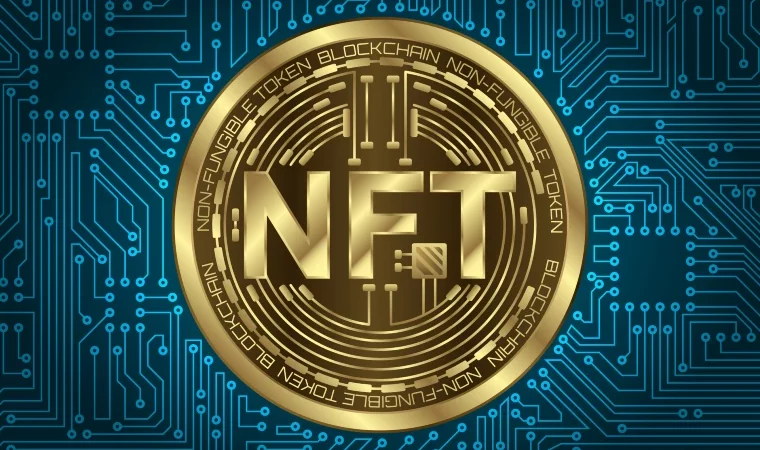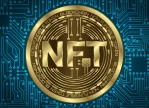Do NFTs Draw a Lot of Power?

Do NFTs Draw a Lot of Power?
NFTs, or non-fungible tokens, are bridging the gap between the digital world and the world of tradable art. Tokens, like Bitcoin, are a form of cryptocurrency. Instead of a predetermined value, each token has a unique value. Eco-consciousness is the driving force behind the trend toward digitalization. Many materials are used to create physical art forms, such as paints that degrade the environment and scarce natural resources. Even though NFTs may reduce the number of natural resources artists use, it is vital to assess their carbon impact.
Why Do NFTs Use So Much Energy?
A non-fungible token (NFT) is a unique digital asset that can be traded and exchanged like Bitcoin but is not interchangeable. It’s a way to represent physical or digital items as tradeable tokens on the blockchain. Cryptocurrency transactions use a huge amount of energy because of the distributed network of miners who secure it by verifying that every transaction is legitimate. New blocks of Bitcoin transactions are generated roughly every 10 minutes and require a large amount of processing power to verify each transaction. The miners who secure the network are rewarded with new coins. Unlike cryptocurrency, NFTs don’t have a fixed supply, so they don’t need to be mined in this fashion. However, they still require huge amounts of energy. However, it’s hard to know exactly how much because every transaction needs to be verified by the distributed network.
Why Are NFTs Bad for the Environment?
NFTs are a hot topic right now, but their popularity has raised concerns over their environmental impact. The digital certificates use up a lot of power to produce, as each one is effectively an algorithm that needs to be run through a blockchain before it’s created. This process can require thousands of times more energy than a credit card transaction and the same amount of energy required to power a home for a week. Critics have pointed out that the certificates are not environmentally sustainable, especially as fossil fuels often power them. Ethereum was found to require an average of 36-kilowatt hours and release 25kg worth of CO2 per NFT.
NFT Energy Cost
The potential environmental impact associated with NFTs has already received some media coverage. However, there has been little discussion about how much energy they consume. It’s important to note that they don’t consume power directly. However, they are created by consuming electricity and computing resources on a blockchain network, often referred to as their energy cost.
NFTs are not carbon neutral, but they’re also not a big contributor to emissions. The amount of energy used to mint an NFT depends on how much activity is happening on the blockchain at any given moment. For instance, the Ethereum blockchain has processed around 10 transactions per second since mid-June 2020, while Bitcoin has only processed around 3.5 transactions per second.
Bottom Line
NFTs are not especially power-hungry compared to other cryptocurrencies. The main reason for this is that their transactions can be processed in parallel, whereas most other cryptocurrencies, including Bitcoin, rely on a scarce resource known as Proof of Work(POW). While the NFT industry could stand to be more energy-efficient, it’s not a significant enough problem to thwart mass adoption of the technology.










